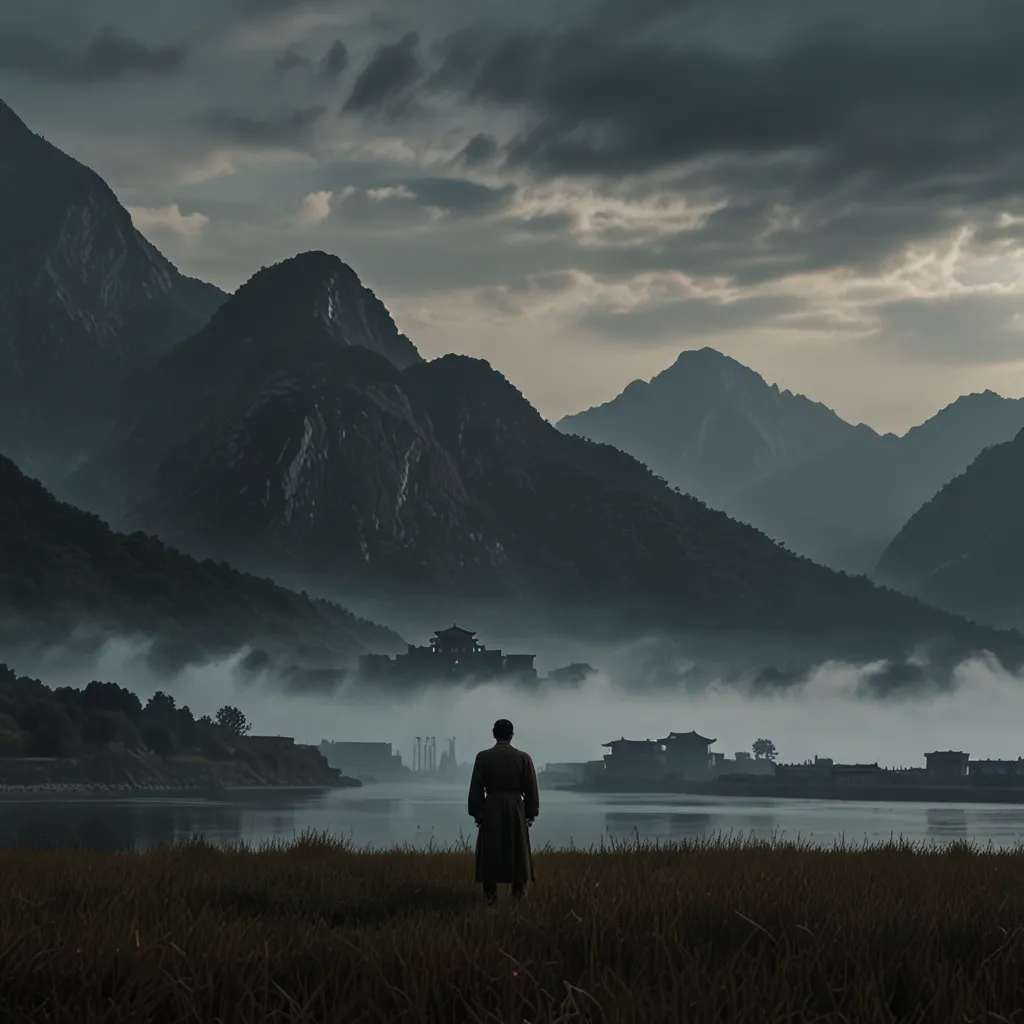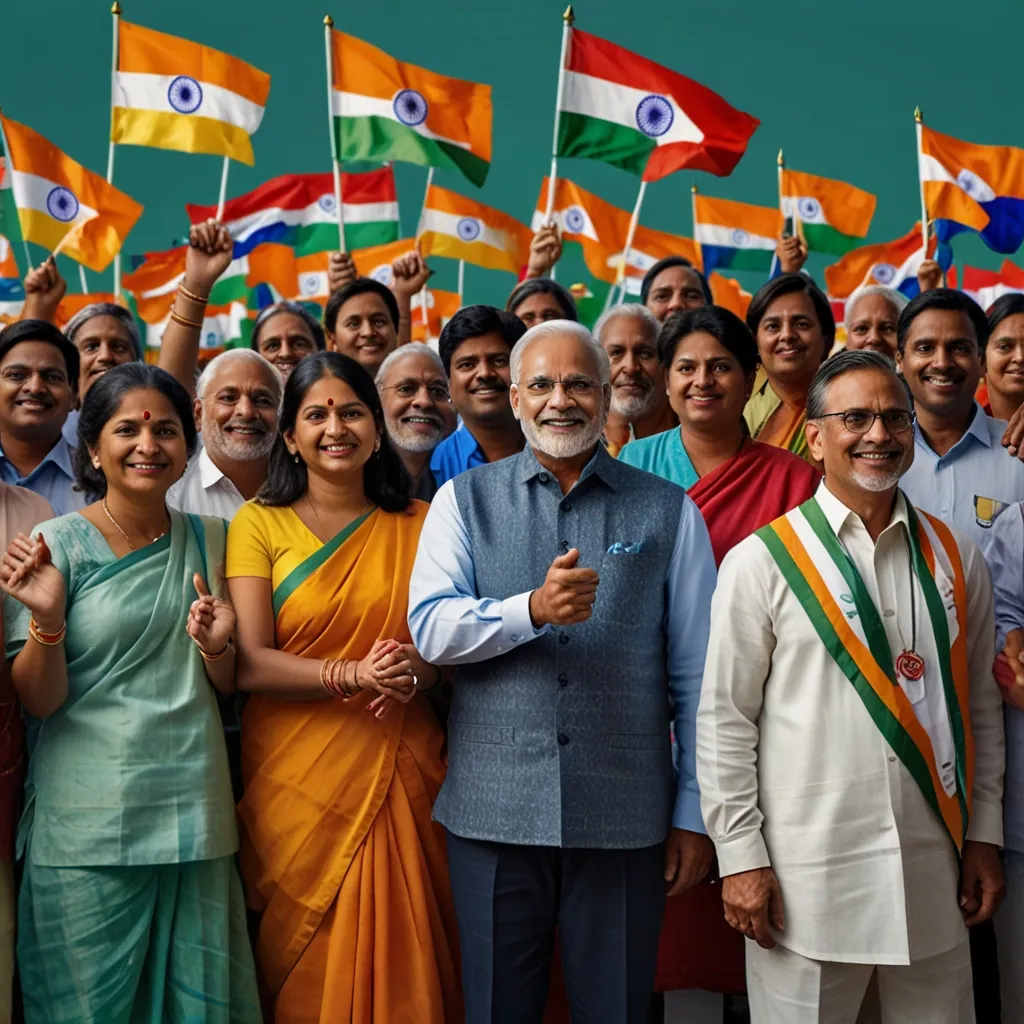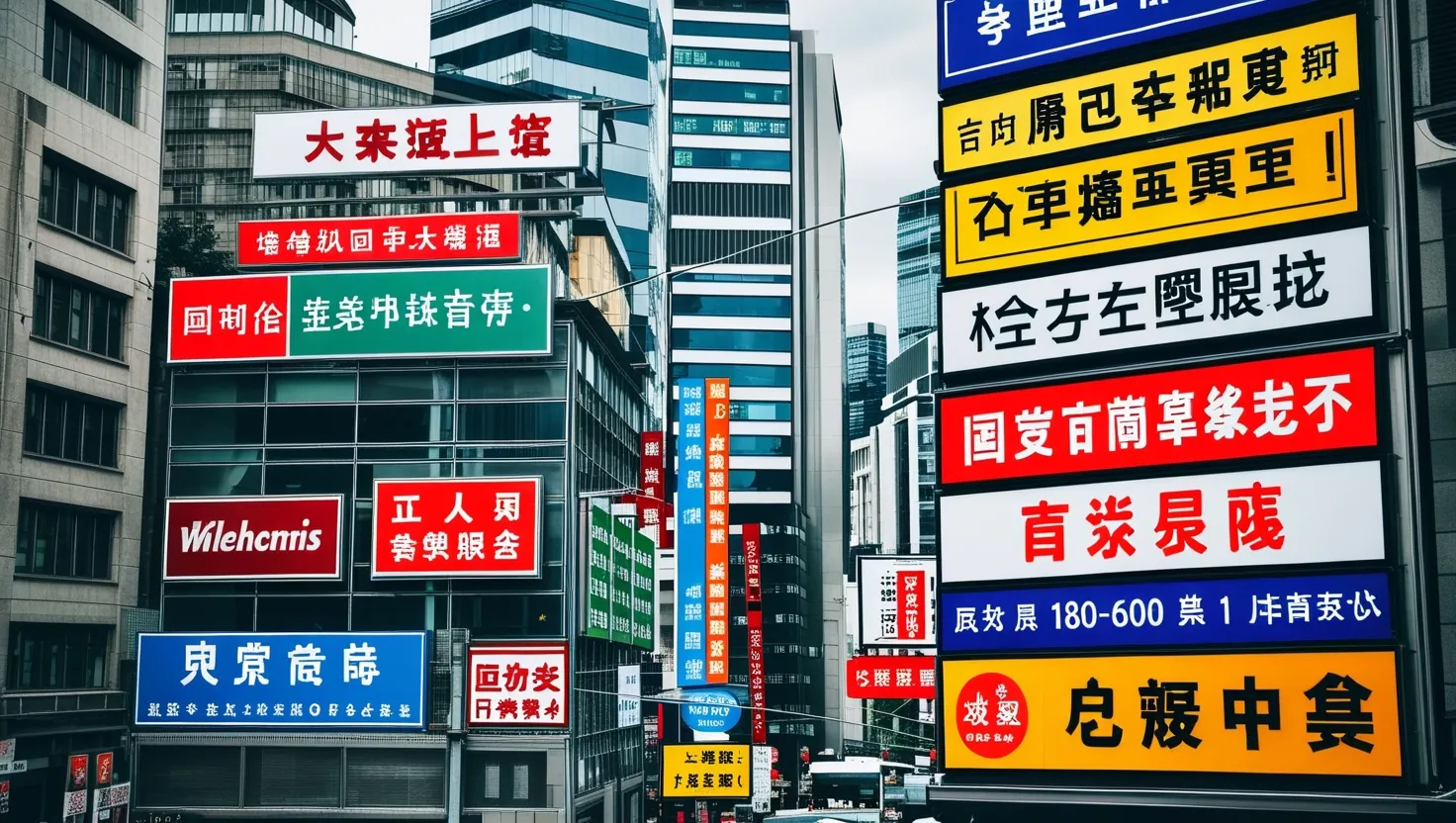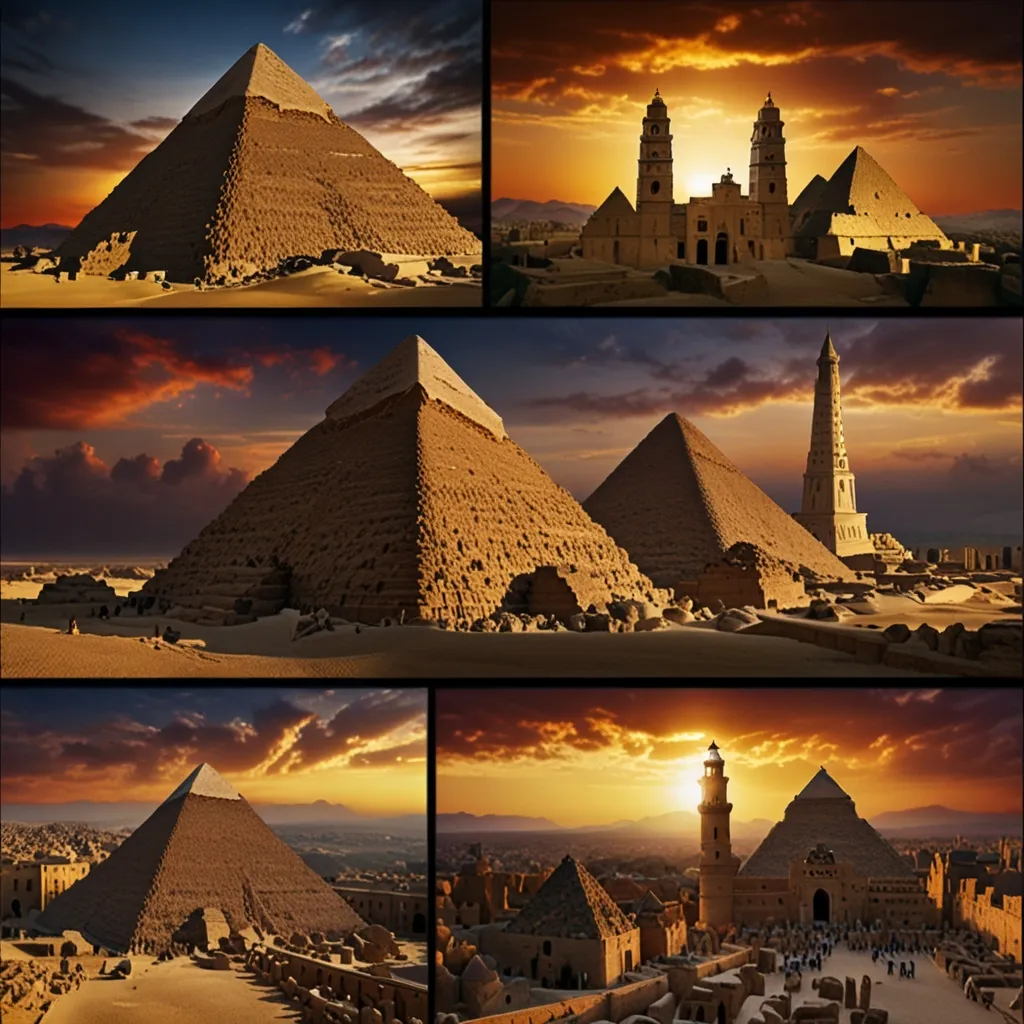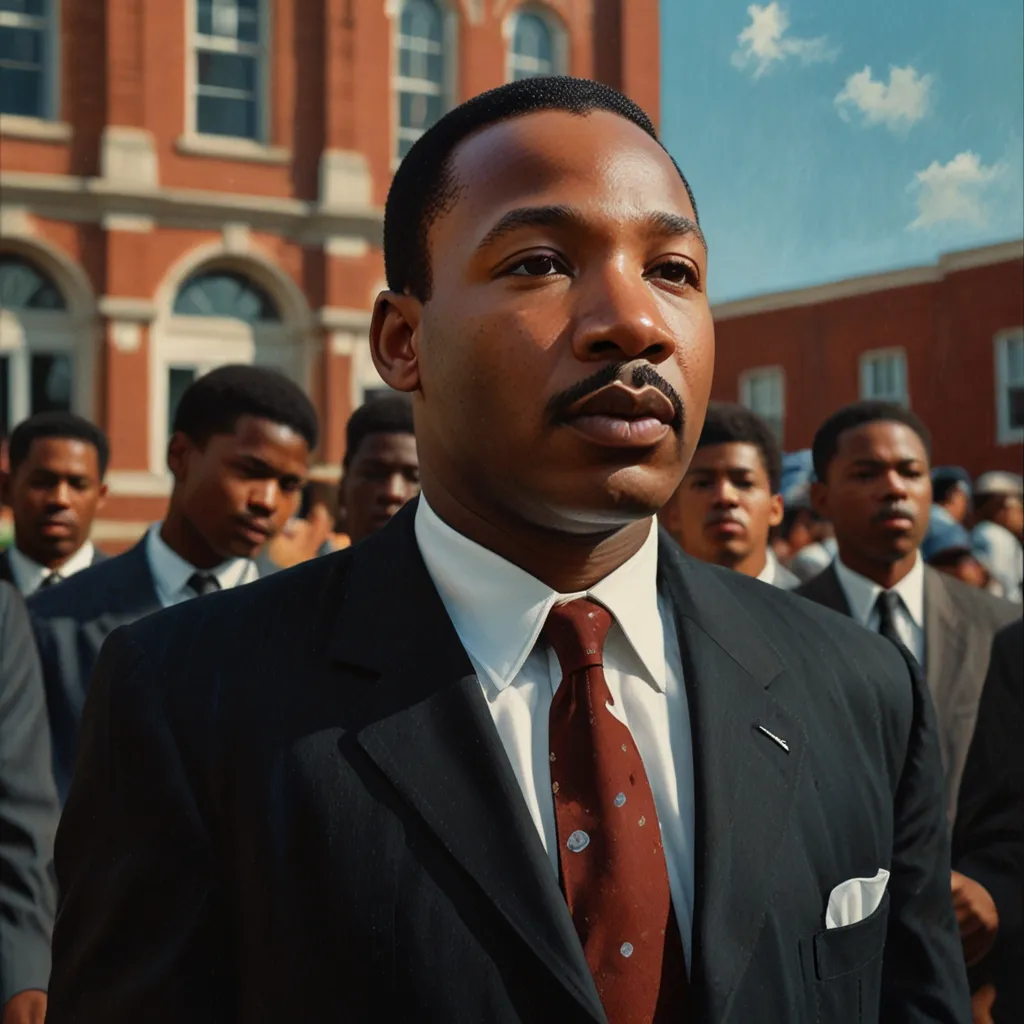The scene is intense, like something out of a Hollywood movie, but the tears and grief are real. North Koreans were coming to terms with the passing of Kim Jong-il, their revered leader. To those outside, the despair seemed exaggerated, a mere spectacle. But within North Korea, it symbolized the end of an era, the closing chapter of a life lived entirely under the rule of a single, rigid dynasty. This was more than the loss of a leader; it was the beginning of an unpredictable future that tied every individual’s fate to the mysterious waves emanating from the corridors of Pyongyang’s palaces.
North Korea - the enigmatic, secluded land, shielded from most of the world’s prying eyes, possesses a sort of chilling allure and a reputation for its unpredictable leadership and nuclear capabilities. Since its official origin in 1948, through countless trials and tribulations, North Korea has steadfastly clung to its mysterious identity, ruled with an iron grip by the Kim dynasty. These chapters of isolation, resilience, and hostility toward most of the world have birthed countless tales of resistance, survival, and strategic maneuvering on a global scale.
The story begins with the Korean Peninsula’s dark age under Japanese rule. This was a time when foreign powers had unquestioned control, presenting their domination as a civilizing venture. But the harsh reality was a grim tableau of resistance crushed under a relentless military rule. It birthed a fierce nationalism, a stirring call for independence that found its champions in numerous guerilla fighters, fighting a lost war against an unwelcome empire.
Amidst this era of turmoil, the seeds of communism began planting roots across the globe, buoyed by the Russian Revolution’s promise of wealth redistribution and a classless society. Korea wasn’t untouched by this ideological wave. In its struggle for liberation, communism offered a beacon of hope—a promise to end imperial subjugation and grant prosperity to those shackled in poverty. The Korean Communists became the spearhead in the fight for independence, and the banner of resistance was, for many, synonymous with the young guerilla leader, Kim Il-sung.
Born in 1912, Kim Il-sung’s journey from a guerilla fighter to the revered leader of the Democratic People’s Republic of Korea (DPRK) is the stuff of legends and propaganda. Tales tell of his heroics against Japanese forces, painting his rise as an inevitable march toward destiny. In truth, his exploits were largely fabled, but his towering presence became undeniable once the Soviet Union orchestrated its plans for Korea. By 1945, the tides of war had shifted dramatically, and North Korea was poised on the cusp of monumental change.
With Korea now divided by the 38th parallel—an arbitrary decision forged by hurried American colonels—the peninsula was suddenly in the throes of a Cold War between communism and capitalism. Kim Il-sung’s ascent to power was swift, cemented by the backing of the Soviet Union, although conspiracy theories abounded about his legitimacy and identity, myths that remain unresolved but rather dimly plausible.
Beneath the monolithic surface of Kim’s rise, cracks began to form, reflecting North Korea’s internal struggles and identity crisis. Among competing communist factions, Kim played a shrewd political game, consolidating power while carefully orchestrating a loyal base through land reforms, gender equality laws, and economic recovery plans. Yet challenges persisted, as dissent lingered both inside and outside North Korea’s sealed borders.
Fast forward to the Korean War in the early 1950s—an explosion of conflict that turned Korea into a brutal battlefield. The initial North Korean advances were remarkable, seemingly fulfilling the promises of liberation. But the hope of a quick reunification dissipated under the might of international intervention led by the United Nations and primarily the United States. This left both Koreas on a razor’s edge, clinging to power amidst a devastated landscape.
As whispers of ceasefire settled into an uneasy armistice, North Korea emerged from the carnage with exalted resolve, yet crippled by destruction. Rebuilding a nation from ashes required more than concrete and steel; it meant a redefining of national identity. Herein, Kim Il-sung’s ideology of Juche—or self-reliance—cemented itself as the doctrine of a new Korea, a vision that promised independence from foreign influence.
Yet Juche was, and remains, more than an economic or political policy. It transformed into a national ethos, a fervent insistence on Korean centrality, intertwined seamlessly with a cult-like worship of Kim Il-sung. As Kim was elevated to near-mythical status, North Koreans found their lives inextricably linked to his persona, a tether as much about control as it was about unity.
Under Kim Il-sung, the nation saw not just survival, but moments of prosperity, albeit unevenly distributed. His successors would inherit a kingdom carved meticulously by propaganda, isolation, and militaristic might. By the 1990s, as global communism waned, North Korea’s insistence on self-reliance pushed its people to the brink of famine—a crisis that highlighted the fragile underpinnings of Pyongyang’s self-sustaining claims.
With Kim Il-sung’s death in 1994, a new chapter emerged under his son, Kim Jong-il. Despite initial perceptions of weakness and the shadows cast by his storied father, Kim Jong-il maintained the regime through sheer will and strategic brinkmanship. He knew that survival in a post-Soviet world needed both nuclear deterrence and calculated provocations to keep international attention—and aid—pouring in. Yet, the bluster of nuclear armament came at a massive cost, entrenching North Korea further into a mire of economic vengeance and external suspicion.
The succession of Kim Jong-un in 2011 marked another pivotal point. Young and partially Western-educated, he unwittingly carried the world’s gaze. Would he reform? Adapt? Or perpetuate the familial legacy? The answer thus far has proved a complex tapestry of inherited rigidity mixed with unpredictable gestures—a regime maintaining its grip through continued displays of military prowess, juxtaposed against sporadic signals of modernization and diplomacy.
North Korea in the present day is, above all, a land of paradox. It’s a nation wielding a nuclear card with potent threats, yet remains an economic enigma, sustained through clandestine support and strategic deception. Local markets may whisper of cautious reform, but Pyongyang’s core remains tightly wound around a narrative of victimhood and heroism.
What lies ahead? For North Korea, the road splits between the paths of abrupt change and entrenched continuity. History has shown that predicting Pyongyang’s next move is as fraught and mysterious as the country itself. The Kim dynasty has maintained its rule through a labyrinth of loyalty enshrined in myth and a formidable security apparatus against the ever-present threat of internal dissent. For some observers, it’s a question of when, not if, this peculiar nation will undergo transformative change.
Every so often, rumors swirl of discontent, of hope for reform. Yet, with each year that passes in quiet defiance, North Korea remains a compelling reminder that the world’s stage is as unpredictable as ever. After all, in the shadows of the Hermit Kingdom, decisions made in secret halls affect the detained lives of millions, setting the rhythm of a nation forever on the brink of revelation.
